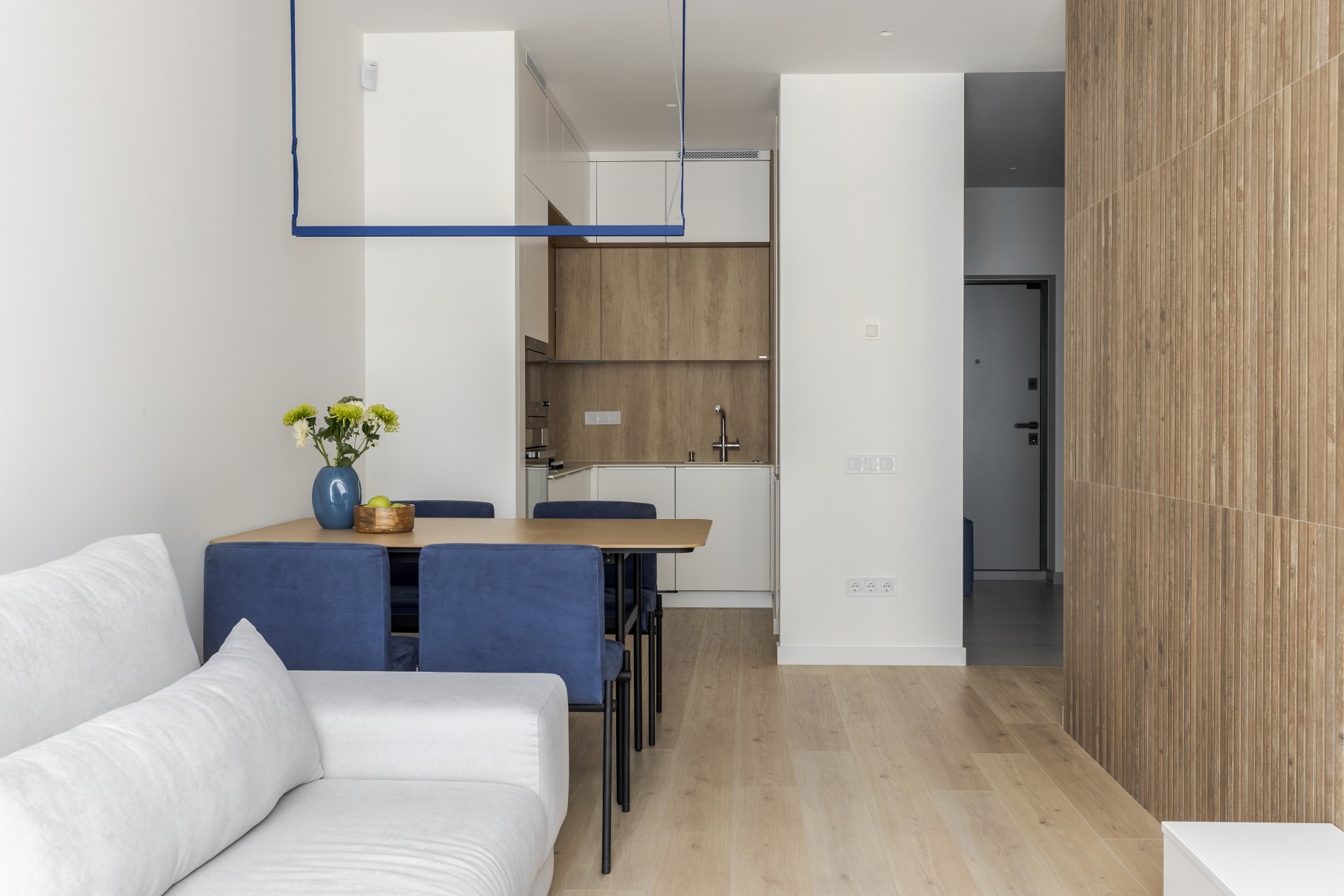Architects and designers have always been inspired by nature: the plasticity of lines, the calming effect of natural colors, natural materials, and natural light.
Today, the new popularity of the "green" philosophy has found its way into interior design. Labels such as "100% Natural", "eco-friendly", "green" attract the attention of buyers who care about their health and do not want to participate in polluting the planet. Urban residents increasingly want to feel connected to nature in their homes.
But in order to create the right atmosphere in your home, it is important to know the basic principles of eco-design, which should not be neglected:
Get as close to nature as possible
First and foremost, ecological design helps to restore our contact with wildlife. That's why eco-design means materials that are safe for health and contain minimal toxic substances: wood, paper wallpaper, decorative plaster, ceramics, natural stone, and natural textiles.
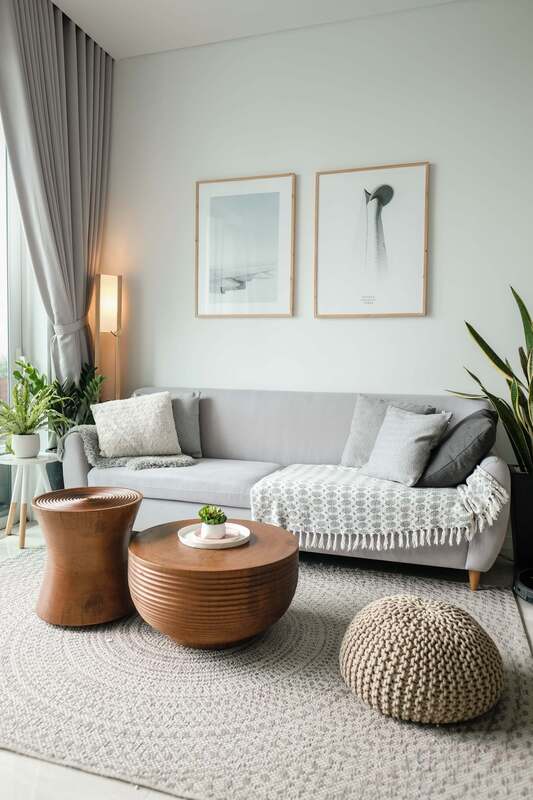
When you want to make the eco-friendly approach more visible, the emphasis in the house is on natural materials: wooden inserts, wicker furniture and rattan accessories, jute rugs, bamboo stems and cork.
The abundance of living plants and sunlight is also about eco. For example, windows are not curtained whenever possible, or hidden behind light curtains made of natural fabrics.
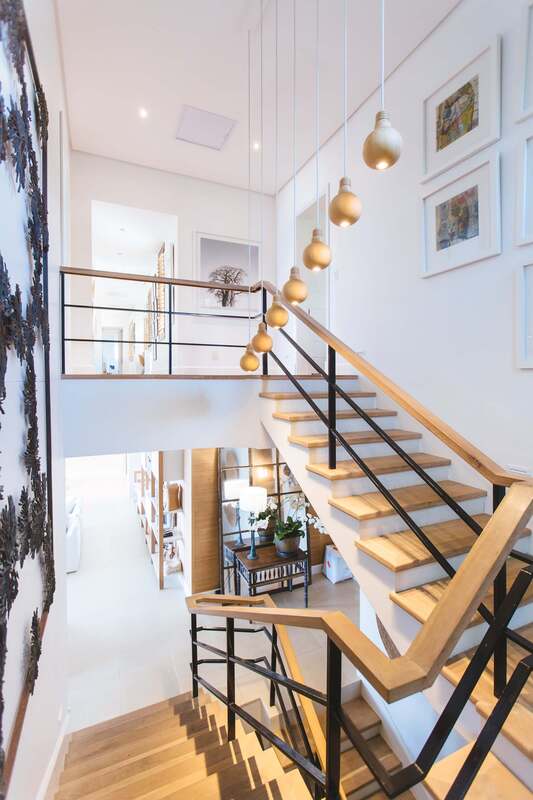
The color palette should also be inspired by nature. It is often based on a full-fledged landscape, for example, a seaside with sand dunes, blue and sunny shades based on white, or a "forest" scheme with more deep green tones and wood.
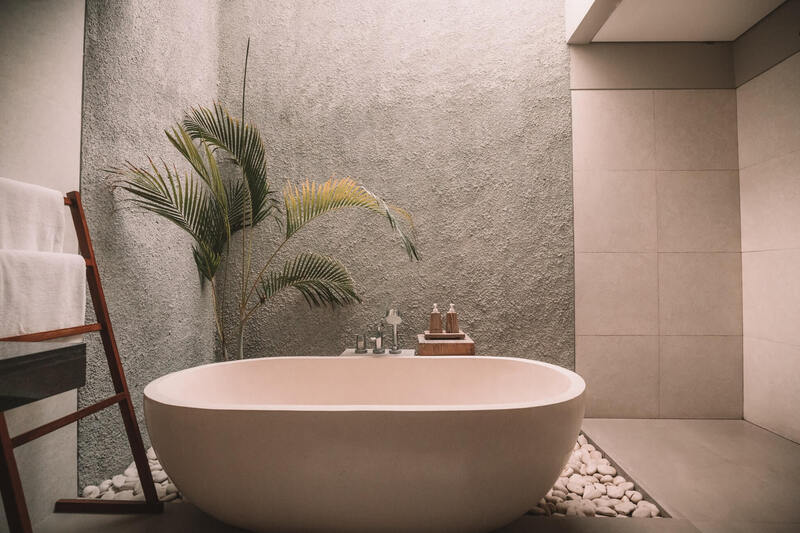
Responsible consumption and handmade
Strange as it may sound, design is not the main thing in eco-design. The main thing is the principles of responsible consumption.
You can use an old grandmother's scarf as a material for a decorative pillowcase, a vintage frame can be used as an independent decor, old suitcases can be used as a creative coffee table. Some designers go a step further and decorate the floor with boards from vegetable boxes and the ceiling with old wooden shutters. That is, you can use things that seem to have lost their function to create exclusive details of your interior.
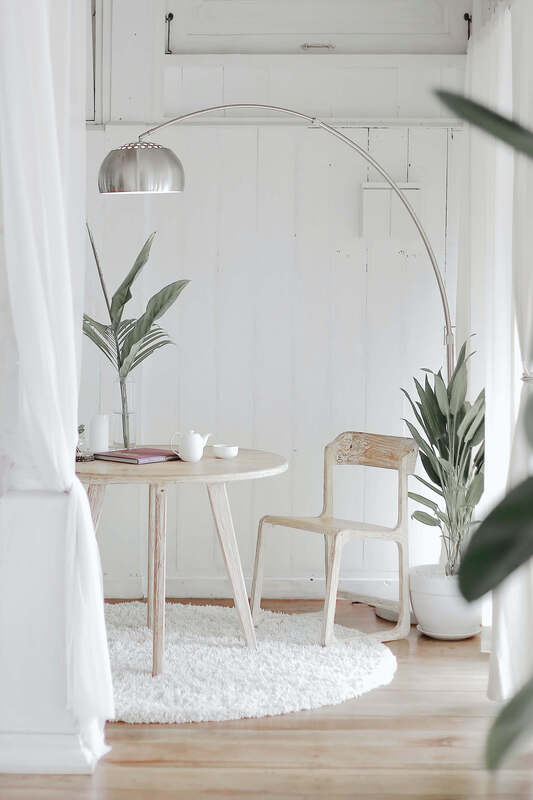
This allows a modern person to move away from using everything off-the-shelf and feel the contact with real materials, as our ancestors did.
Energy efficiency
For eco-design, it is also important to use resources that are spent on housing maintenance in a cost-effective way. The best solution is to reduce water and electricity consumption. Choose windows and finishing materials with good thermal insulation, lay carpets on the floor - all this will help keep the heat in the room.
Rejection of excessive decorativeness, ergonomics and functional decor are also in the spirit of eco. Therefore, eco-design is a choice towards minimalism. But of course, you can easily use as many accessories as you like if they are vintage items and antique finds.
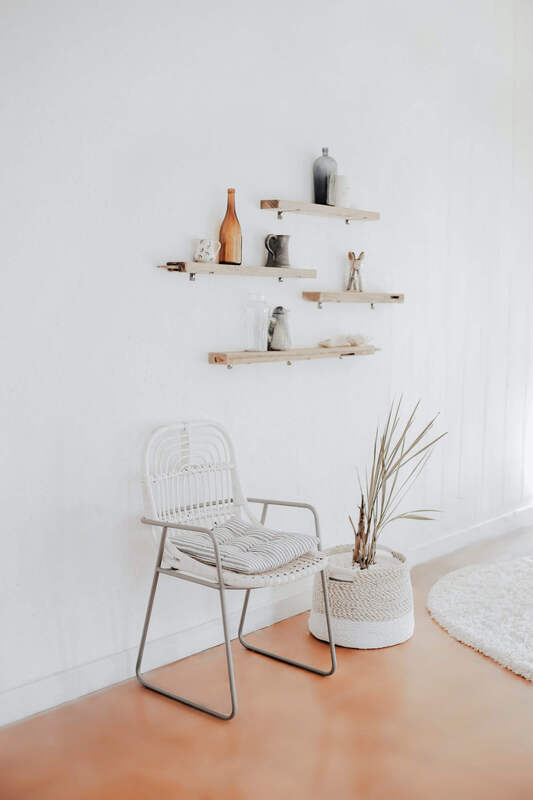
It would be ideal for eco-design if you can fully furnish your apartment with objects made from recycled materials and antiques.
Ecological design takes inspiration from nature and rethinks the way people relate to it. A modern person can minimize damage by choosing this style. After all, eco-design allows you to try to find a "green" alternative to many interior items in your home.

